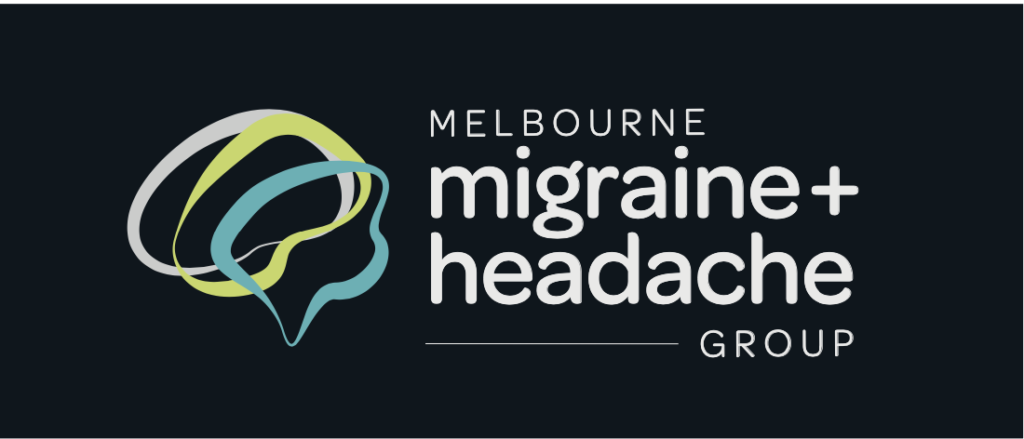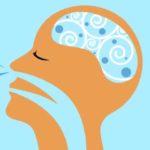We are extremely excited to announce our new business The Melbourne Migraine and Headache Group. Operating within Williamstown Health + Lifestyle, the aim is simple: to assist headache and migraine sufferers.
Williamstown Osteopaths Tim and Sharyn have undertaken further study in the treatment of migraine and headache using the Watson Headache approach.
What is a migraine?
Migraines affect many regions of the nervous system and may be distressing and debilitating to those who suffer from them. They may last anywhere between 4 and 72 hours; typically a migraine is a one-sided throbbing or pulsating headache usually accompanied by other symptoms such as nausea, vomiting, or increased sensitivity to light or sound.
Migraines are more than just a headache.
Migraines are a sensory processing disorder, whereby the brainstem becomes over sensitised1.
Think of the brainstem like a microphone and the cortex as the brain’s home theatre system. The brainstem (microphone) receives messages from all over the body and then sends the messages to the cortex (home theatre system).
A migraine sufferer’s brainstem is like a microphone with the volume turned all the way up. This means that when information comes into the brainstem, it gets amplified before being sent to the cortex. As a result of this, the cortex receives louder, exaggerated information which it perceives as a threat. In response to this perceived threat, the cortex creates migraine symptoms—pain, nausea, vomiting, visual disturbances, sensitivity to light/sound, and more.
Can neck issues cause migraines?
If you have neck or upper spine issues, they may be causing your migraines.
With the nerves of the upper three vertebrae in our neck, sending messages directly to the brainstem any upper neck issue means the nerves send constant negative messages to the brainstem potentially causing tension headaches2. While your neck issue may not seem to bother you overly, your neck is screeching in pain. Your brainstem which is the microphone hurts causing the brainstem to yell at full volume to your cortex (the sound system) who hears the loud messages as a threat and sends pain out into your body because of it. A vicious cycle isn’t it?
Can treating my neck issue help my migraines?
At The Melbourne Migraine and Headache group in Williamstown , we incorporate a systematic process to address the issue.
- The first step is to get an assessment by one of our Williamstown experienced migraine Osteopaths and determine if you will benefit from treatment. The evaluation will determine if the 2nd and 3rd vertebrae in your neck is causing your migraines.
- The next step is to correct the neck issues.
- Third, we desensitise the brainstem. To do this, a Williamstown Osteopath will apply slow, sustained pressure to the joint that is sensitising the brainstem. This will create a temporary reproduction of the headache. It is important to note that this will not stimulate a migraine attack. As the pressure is sustained, the headache may gradually begin to subside. This approach has been scientifically proven to desensitise the brainstem ‘3.
- The final step is to talk through the strategies you can use to maintain these changes at home.
Don’t let pain get you down.
Even though Melbourne is under stage 4 restrictions, The Melbourne Migraine + Headache group situated within Williamstown Health + Lifestyle is an essential service, offering care to those who’s symptoms will worsen during lock down.
Call us on 03 9397 8877 to arrange a free phone consultation to discuss how our Osteopaths can work with you to alleviate your migraine symptoms.
References:
- Goadsby PJ. Pathophysiology of Migraine: A Sensory Processing Disorder. Physiol Rev. 2017 April; 97(2): 553-622.
- Watson, DH et al. Head Pain Referral During Examination of the Neck in Migraine and Tension-Type Headache. Headache. 2012 September; 52 (8):1226-1235.
- Watson, DH et al. Cervical Referral of Head Pain in Migraineurs: Effect on the Nociceptive Blink Reflex. Headache. 2014 June; 54 (6): 1035-1045.






